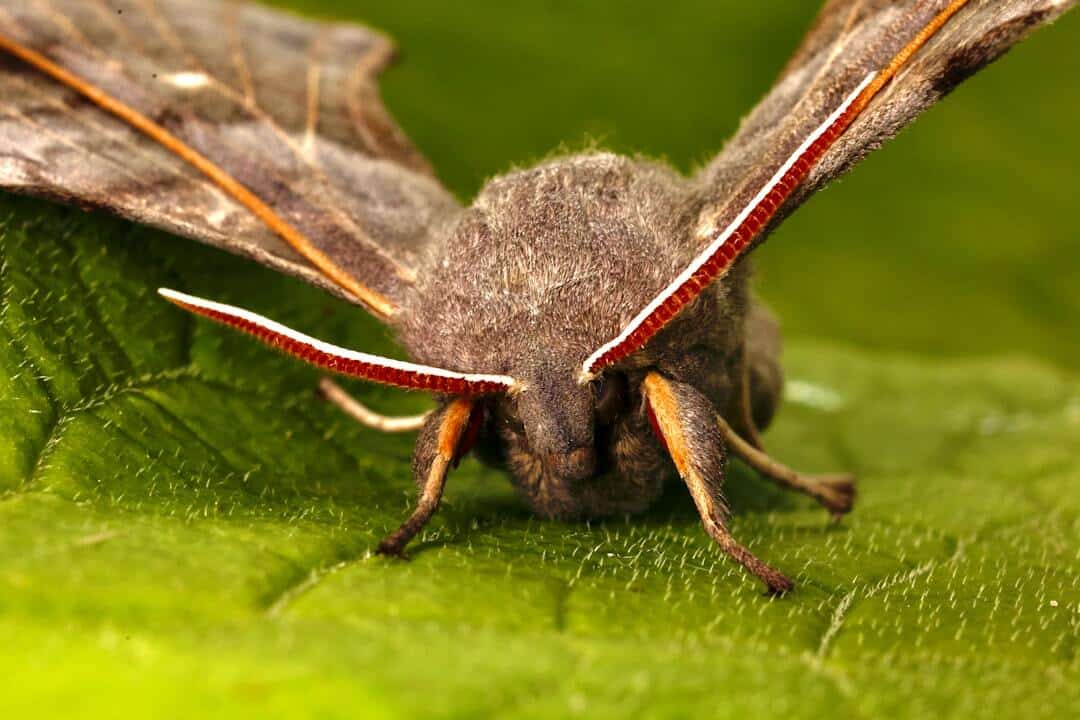Throughout human history, certain creatures have become deeply intertwined with our understanding of mortality and the supernatural. Among these, the moth—with its nocturnal nature, attraction to light, and ephemeral existence—has emerged as a powerful symbol of death across diverse cultures. From the haunting Death’s-head Hawkmoth with its skull-like pattern to the common moth that mysteriously appears following a loved one’s passing, these winged insects have fluttered into our collective consciousness as harbingers of doom or messengers from beyond. This association isn’t merely superstition but reflects complex cultural beliefs about life, death, and transformation that have evolved over centuries. In this exploration, we’ll journey across continents and through time to uncover the fascinating and sometimes chilling connections between moths and mortality in global folklore traditions.
The Death’s-head Hawkmoth: Nature’s Memento Mori

Perhaps no moth exemplifies the connection between these insects and death more vividly than the Death’s-head Hawkmoth (Acherontia species). Native to Europe, Africa, and parts of Asia, this remarkable creature bears a distinctive skull-like pattern on its thorax that has inspired fear and fascination for centuries. The genus name “Acherontia” itself derives from Acheron, one of the rivers of the underworld in Greek mythology, further cementing its association with death and the afterlife.
This moth gained particular notoriety in European folklore during the 18th and 19th centuries. When the Death’s-head Hawkmoth appeared in homes, it was often interpreted as a direct omen that death would soon visit. The moth’s ability to emit a squeaking sound when disturbed—unusual among lepidoptera—added to its supernatural reputation. In Ireland, these moths were sometimes called “banshee bats,” connecting them to the wailing female spirit that heralded imminent death. The moth’s prominence in death symbolism reached popular culture through films like “The Silence of the Lambs,” where it served as a macabre motif representing transformation through death.
Moths as Soul Carriers in Native American Traditions
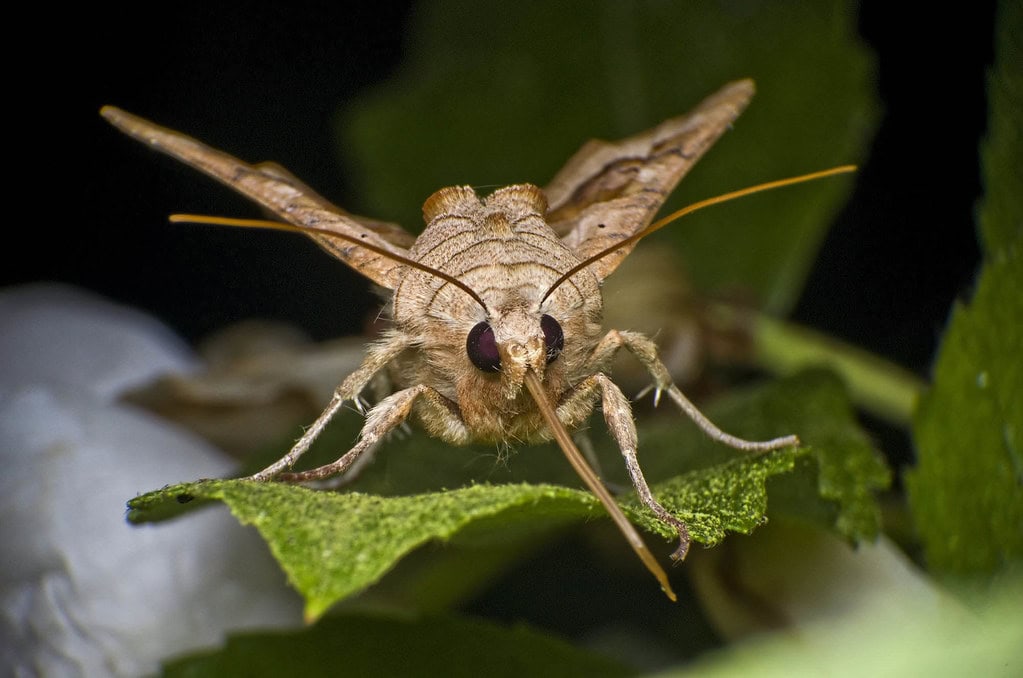
Among various Native American tribes, moths hold significant spiritual importance as carriers of souls. The Hopi people of the southwestern United States traditionally believe that moths serve as messengers between the living and the dead. According to their spiritual traditions, moths can carry the souls of the deceased, acting as vehicles for spirits transitioning to the afterlife. This connection stems partly from the moth’s nocturnal nature and its seemingly magical ability to navigate in darkness.
The Cherokee have similar beliefs, with some traditional stories describing how moths carry the souls of the recently departed. In these narratives, moths are not feared but respected as necessary participants in the cycle of life and death. When a moth appears soon after someone has died, it may be viewed not as an omen but as confirmation that the soul is safely traveling to the spirit world. These perspectives offer a more positive interpretation of the moth-death connection, viewing these insects as facilitators rather than harbingers of doom.
The Black Witch Moth: Mexico’s Butterfly of Death
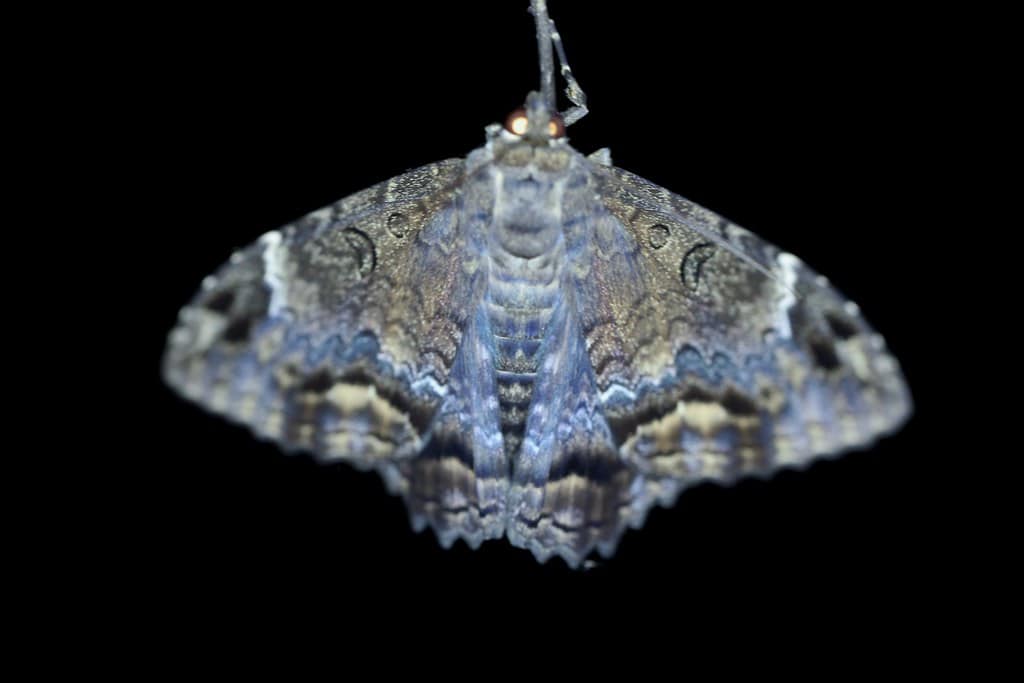
In Mexican and Caribbean folklore, the Black Witch Moth (Ascalapha odorata)—known locally as “mariposa de la muerte” (butterfly of death)—holds a particularly strong association with death and the afterlife. With a wingspan reaching up to seven inches and dark coloration, this imposing moth creates a dramatic impression when it enters a home. Traditional belief holds that if this moth visits a house where someone is ill, the person will not recover. In some regions, it’s said that the moth embodies the soul of a recently deceased person saying a final goodbye to loved ones.
Not all associations with the Black Witch Moth are negative, however. In the Bahamas, where it’s known as the “Money Moth,” encountering one can signify forthcoming wealth. In Hawaii, some believe these moths represent the returning souls of ancestors. This duality reflects the complex relationship humans have with death itself—simultaneously feared and revered as part of life’s natural cycle. The Black Witch Moth’s migration patterns, which often coincide with hurricane season in the Caribbean, may have reinforced its connection to times of danger and potential loss.
Celtic and British Death Moths
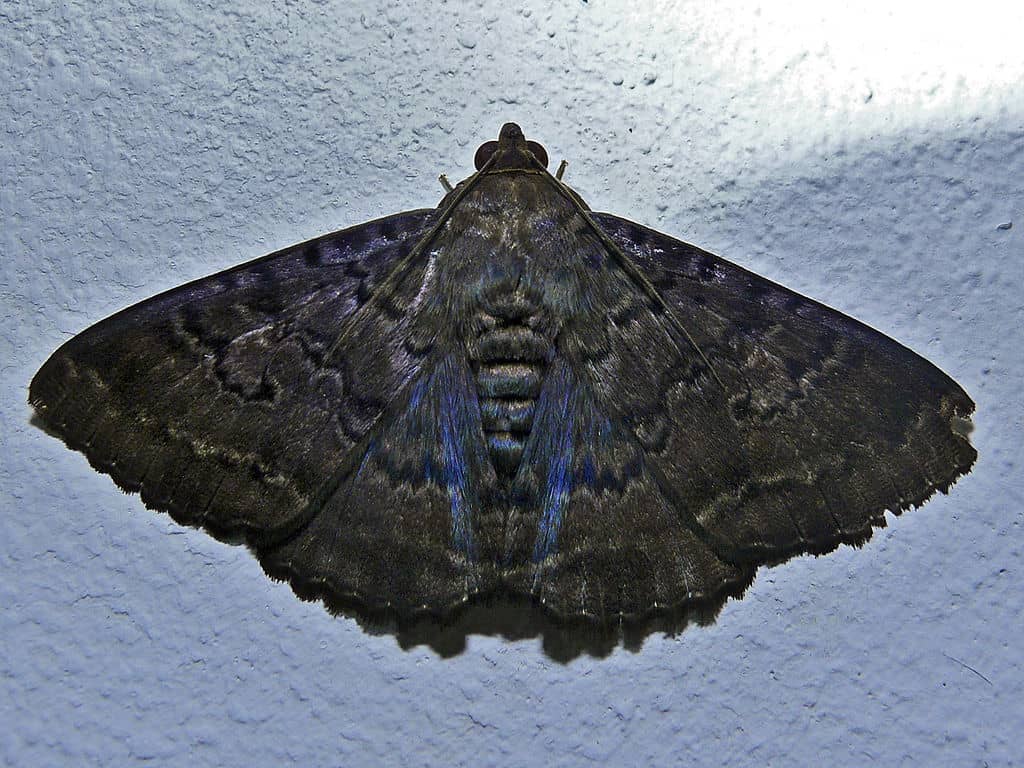
In Celtic and British folklore, moths have long been associated with the souls of the dead. A common belief held that moths were the souls of loved ones returning to visit, particularly when a moth appeared soon after someone’s passing. The Irish and Scottish traditions contain numerous accounts of white moths appearing at funerals or entering homes following a death, interpreted as visitations from the deceased. This belief was so widespread that killing such a moth was considered extremely unlucky, as it might be harming the soul of a departed family member.
The connection between moths and death in British folklore was further strengthened by the moths’ attraction to candlelight, particularly during wakes and funeral ceremonies where candles would burn throughout the night. As moths gathered around these lights, it seemed to observers that they were drawn to the ceremony itself, reinforcing the belief that they represented souls transitioning between worlds. In some parts of rural England into the early 20th century, windows would be opened after a death to allow both the soul to depart and for moths—potentially carrying messages from the afterlife—to enter.
Eastern European Moth Mythology
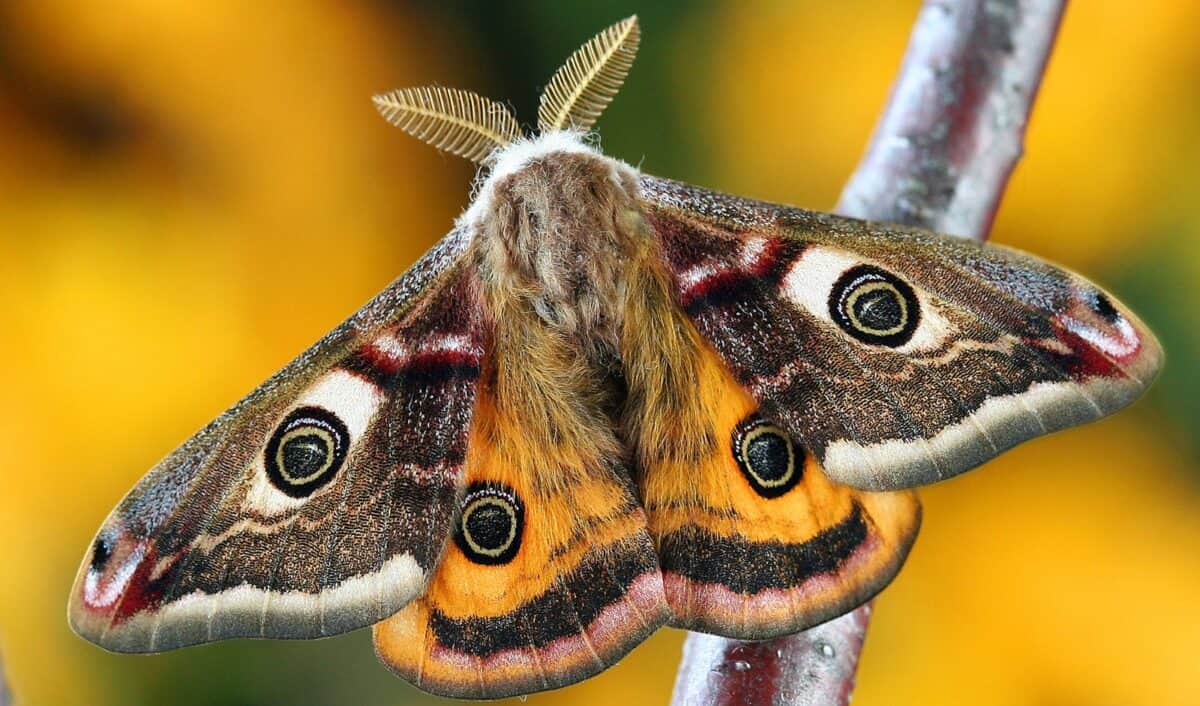
Across Eastern European countries, particularly in Slavic traditions, moths have been woven into complex tapestries of death symbolism. In Poland, Russia, and Ukraine, white moths were often believed to be the souls of unbaptized children or those who died before their time. The appearance of a moth inside a home, especially when circling a light source, was interpreted as a visit from a deceased relative who had unfinished business or wanted to deliver a message to the living. These beliefs remained prevalent in rural areas well into the 20th century.
In Romanian folklore, which is rich with supernatural elements, moths were sometimes considered servants of strigoi—malevolent souls of the dead that could rise from the grave. These traditions held that moths could act as spies for darker forces, observing the living and reporting back to the underworld. Conversely, in more positive interpretations, certain moths were seen as protectors against evil spirits. The diverse and sometimes contradictory nature of these beliefs demonstrates how moths occupied an ambiguous position in the Slavic understanding of the boundary between life and death—creatures that could traverse both realms and therefore demanded both respect and caution.
Asian Perspectives on Moths and Mortality
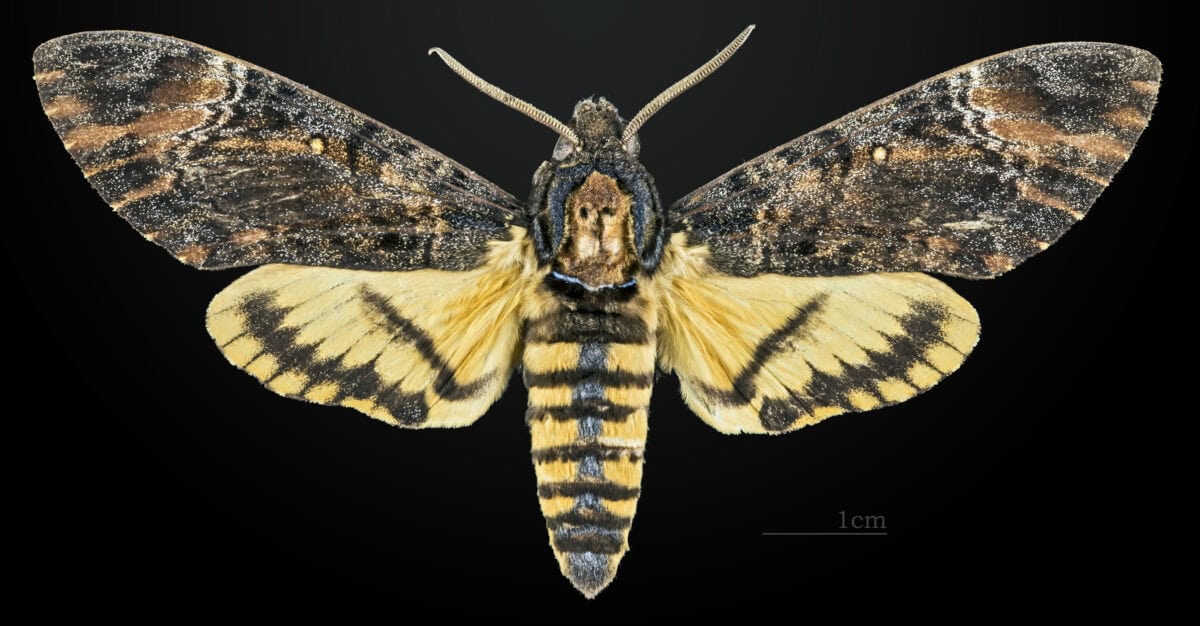
In many East Asian cultures, moths carry complex symbolism related to death and the afterlife. In Japan, moths (particularly white ones) are sometimes believed to contain the souls of the dead. This association is reflected in Japanese literature and art, where moths often symbolize the transient nature of life. The Japanese word “imomushi” can refer to both moth larvae and spirits of the dead, highlighting the linguistic connection between moths and mortality. During Obon, the festival honoring ancestors’ spirits, moths that appear are sometimes thought to be visiting souls.
Chinese folklore contains numerous references to moths as spiritual messengers. In some traditions, moths are believed to carry the souls of ancestors and appear when these spirits wish to communicate with the living. The silk moth holds particular significance due to its connection to sericulture, which has both economic and spiritual importance in Chinese culture. The moth’s life cycle—from caterpillar to cocoon to winged creature—has been interpreted as a metaphor for death and rebirth, reflecting Buddhist influences on Chinese spiritual beliefs about transformation and the cycle of reincarnation.
African Moth Folklore and Death Associations
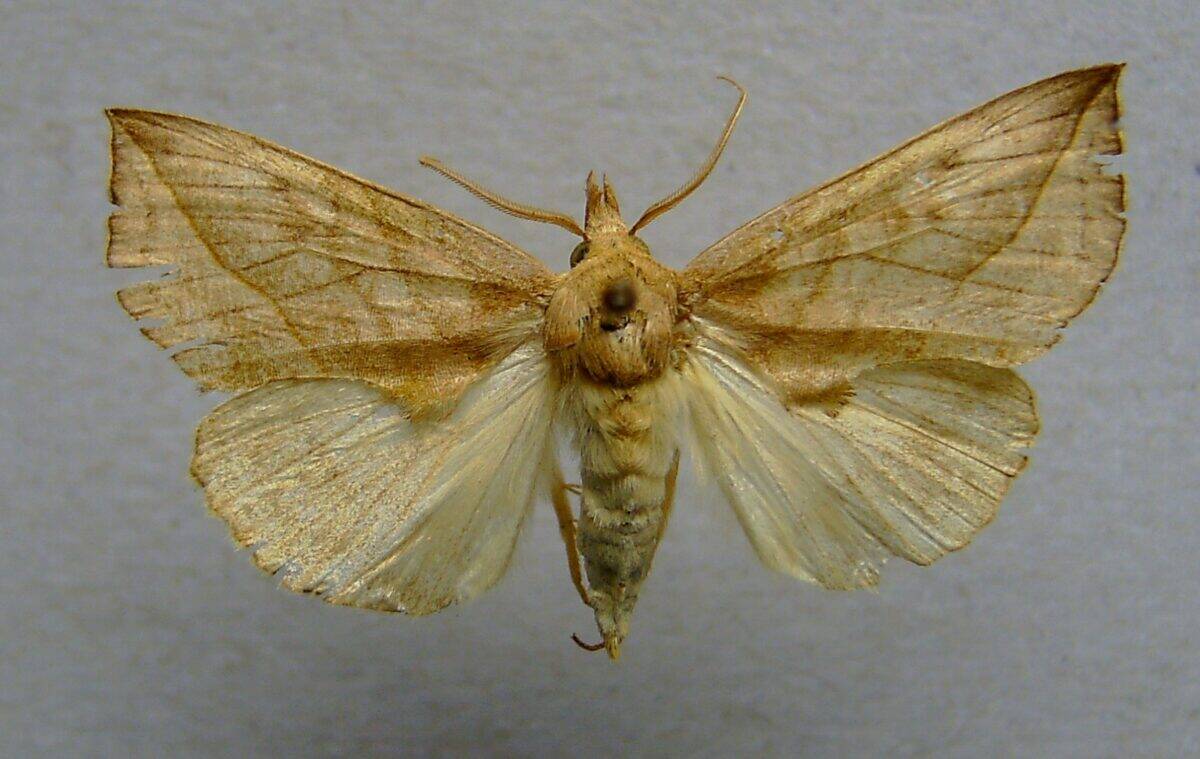
Across the diverse cultures of Africa, moths feature prominently in spiritual beliefs about death and the afterlife. In several West African traditions, certain moths are believed to be manifestations of ancestral spirits returning to visit their families. Among the Yoruba people of Nigeria, moths that appear at night, especially during important ceremonies, may be interpreted as visiting ancestors observing and participating in family affairs. These beliefs emphasize the continued connection between the living and the dead, with moths serving as tangible evidence of this spiritual link.
In some South African cultures, particularly among Zulu communities, specific moth species are associated with ancestral communication. The appearance of these moths, especially inside homes or near sacred spaces, is taken as a sign that ancestors are present and attentive to the needs of their descendants. Rather than being feared, these moth visitations are often welcomed as confirmation of ancestral protection. This perspective reflects a worldview in which death does not sever relationships but transforms them, with moths serving as intermediaries that help maintain these connections across the boundary between life and death.
Moths in Literary Death Symbolism
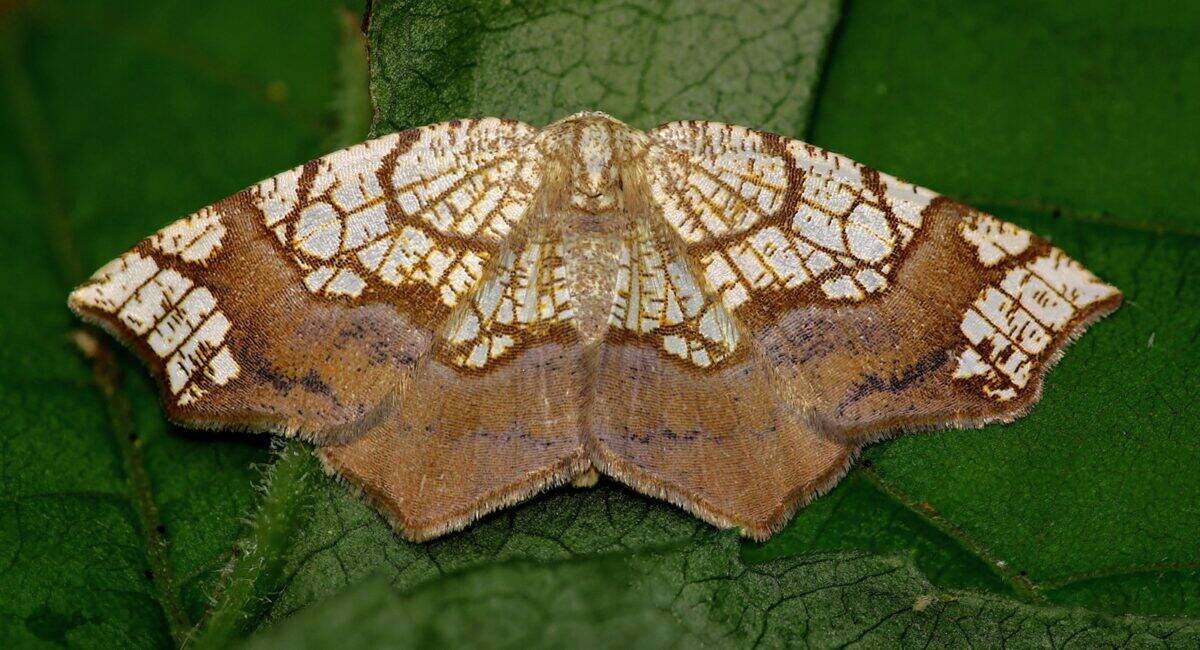
Literary traditions worldwide have embraced the moth as a powerful symbol of mortality and the human fascination with death. In Virginia Woolf’s essay “The Death of the Moth,” she uses the struggle and inevitable death of a moth to reflect on the nature of mortality itself, writing: “The struggle was over. The insignificant little creature now knew death.” This poignant observation captures how the brief life of a moth can mirror the human condition. Similarly, poets like W.B. Yeats employed moth imagery to explore themes of attraction to destruction, with moths drawn to flames representing humans drawn inexorably toward their own mortality.
Gothic literature particularly embraced moth symbolism, with authors like Edgar Allan Poe incorporating moths into their exploration of death and the macabre. The Death’s-head Hawkmoth appears in Bram Stoker’s “Dracula,” reinforcing the creature’s connection to the undead. In more contemporary literature, the moth continues to serve as a multifaceted symbol of death, transformation, and the ephemeral nature of existence. Thomas Harris’s use of the Death’s-head Hawkmoth in “The Silence of the Lambs” draws on its historical associations while adding layers of meaning about transformation through death—a theme central to the novel’s exploration of identity and metamorphosis.
Scientific Understanding Behind the Myths
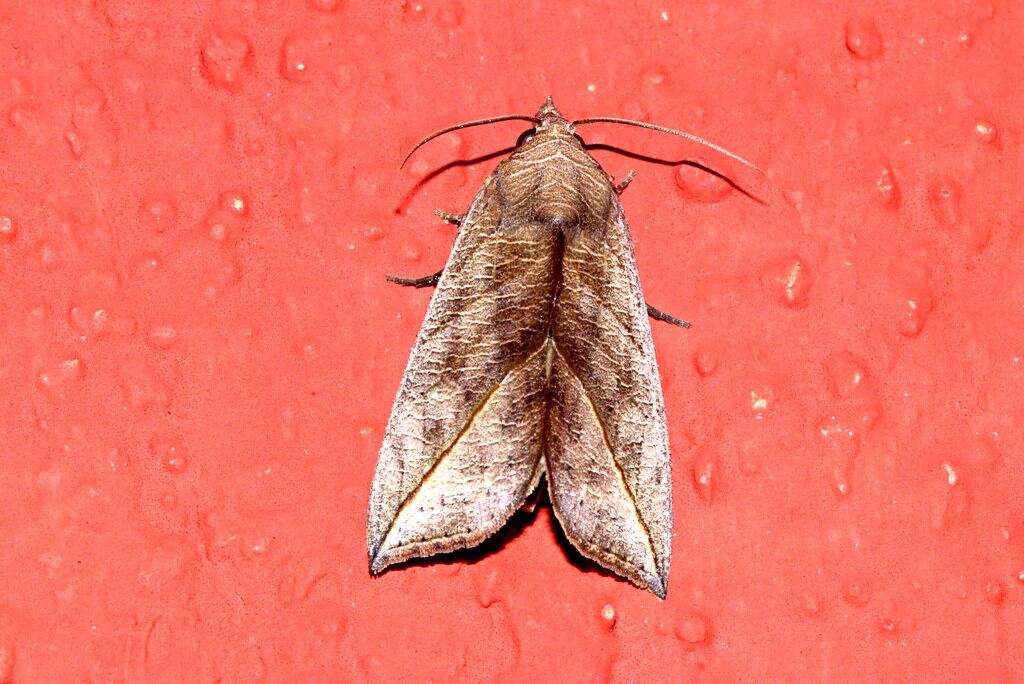
The persistent association between moths and death across diverse cultures may have biological and behavioral foundations. Moths’ nocturnal nature and attraction to light naturally connected them to nighttime—a period traditionally associated with death, mystery, and the supernatural. Their appearance in homes, particularly after sundown or during nighttime vigils for the deceased, reinforced their connection to death rituals. Additionally, certain moth species are attracted to the chemical compounds produced by decaying matter, sometimes appearing near corpses or in places of burial, further cementing their association with death in pre-scientific observations.
The metamorphosis of moths—from caterpillar to pupa to winged adult—presents a natural metaphor for death and rebirth that many cultures recognized. This life cycle, with its dramatic transformation and emergence from a cocoon-like state, parallels human conceptions of the soul’s journey after death in numerous spiritual traditions. Moths’ relatively brief adult lifespan (some living only days or weeks) also provided a visible reminder of life’s fragility and impermanence. These natural characteristics, observed across continents and eras, help explain why moths became such a widespread and enduring symbol of mortality in human folklore, independent of cultural contact.
Modern Interpretations and Evolving Beliefs

In contemporary society, traditional beliefs about moths as death omens have evolved rather than disappeared. While scientific understanding has dispelled many superstitions, the symbolic power of moths persists in modern spirituality and popular culture. Some contemporary spiritual practitioners interpret moth encounters as messages from deceased loved ones or signs of spiritual transformation rather than as harbingers of doom. This shift reflects a broader cultural movement toward finding meaning and comfort in natural phenomena without the fear-based interpretations of earlier eras.
The internet age has both preserved and transformed moth folklore, with personal accounts of “moth visits” following deaths shared widely on social media and spiritual forums. These modern narratives often focus on the comfort these encounters provide rather than fear, suggesting a cultural reframing of death symbolism. Meanwhile, moths continue to inspire artists, designers, and filmmakers drawn to their inherent symbolism and aesthetic qualities. Tattoos featuring Death’s-head Hawkmoths have become popular as memento mori symbols, embracing rather than fearing the moth’s historical connections to mortality. This evolution demonstrates how ancient symbols can retain their power while adapting to changing cultural attitudes toward death and the supernatural.
Psychological Perspectives on Death Omens

From a psychological standpoint, the widespread belief in moths as death omens reflects fundamental aspects of human cognition and our attempts to make sense of mortality. Humans naturally seek patterns and meaning, especially surrounding significant life events like death. When moths appear during periods of grief or loss, the human tendency toward apophenia—finding connections between unrelated phenomena—can lead to attributing special significance to these encounters. The moth, with its nocturnal habits and ephemeral existence, becomes a convenient vessel for projecting our complex emotions about death and the afterlife.
The persistence of these beliefs also speaks to the psychological comfort that death omens can paradoxically provide. By identifying potential harbingers of death, humans create an illusion of predictability around an inherently unpredictable event. Cultural anthropologists note that death omens serve important social functions, helping communities prepare emotionally for loss and providing frameworks for processing grief. Even in our scientific age, the psychological need to find meaning in death remains powerful, explaining why moth symbolism continues to resonate across cultures. This symbolic association helps bridge the gap between the known and unknown aspects of mortality, allowing humans to approach the ultimate mystery through familiar natural metaphors.
The Enduring Legacy of Moths as Messengers of Mortality
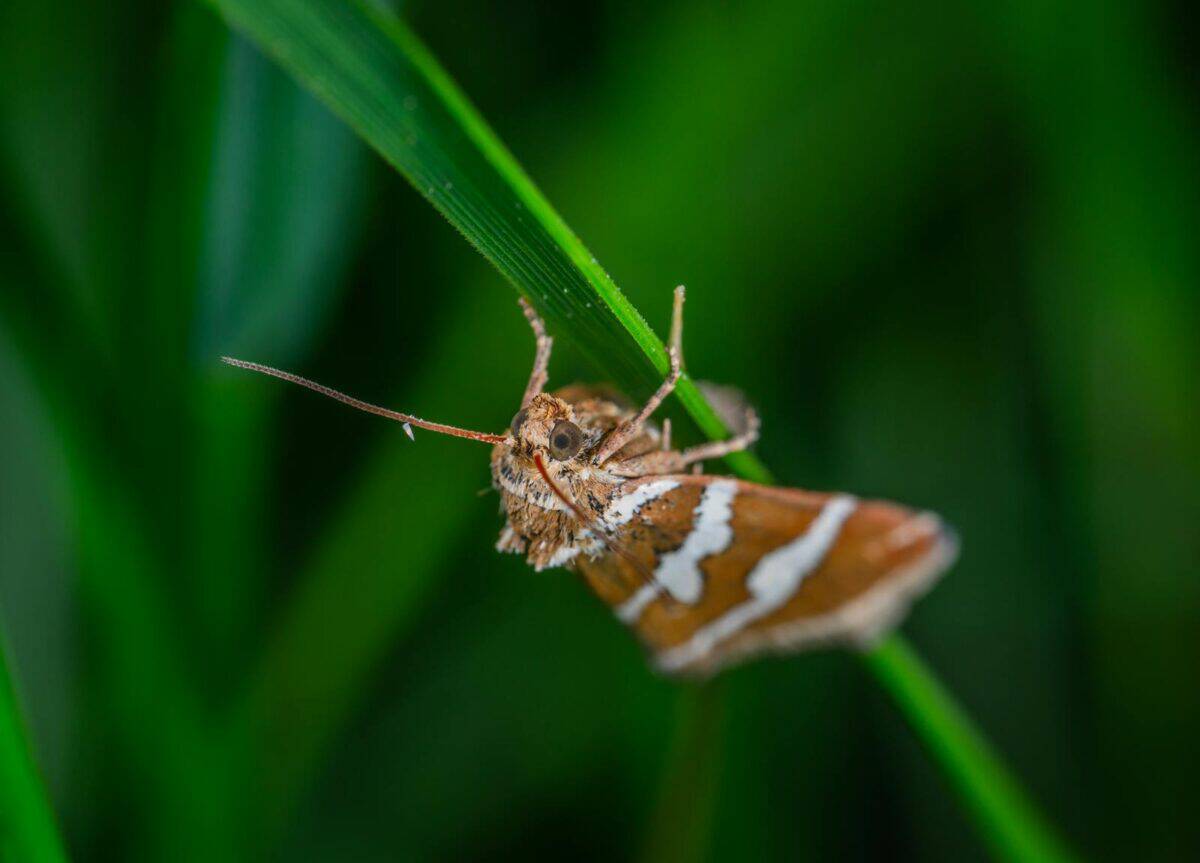
The association between moths and death represents one of humanity’s most persistent and widespread symbolic connections, transcending geographical boundaries and spanning millennia of cultural evolution. From the skull-marked Death’s-head Hawkmoth of European tradition to the soul-carrying moths of Native American belief, these nocturnal insects have become powerful vessels for our complex relationship with mortality. What makes this connection particularly fascinating is how independently it developed across cultures that had no contact with one another, suggesting that something intrinsic to the moth—its nocturnal nature, attraction to light, or dramatic metamorphosis—speaks to fundamental human observations about life’s fragility and the mystery of what lies beyond.
Today, as our understanding of death evolves and traditional superstitions fade, moths continue to serve as potent symbols in art, literature, and spiritual practice. Rather than dismissing these associations as mere superstition, we might view them as cultural artifacts that reveal deep truths about human psychology and our eternal quest to comprehend mortality. Whether interpreted as souls of the departed, harbingers of doom, or symbols of transformation, moths remind us of death’s inevitability while simultaneously suggesting the possibility of metamorphosis and continuation. In their silent, ephemeral beauty, these creatures continue to flutter between worlds, carrying centuries of human hopes and fears about the greatest mystery we all must face.
- Why You Should Never Approach a Bear - August 24, 2025
- New Record: The Longest Eagle Flight Ever Tracked - August 24, 2025
- The Most Dangerous US States for Animal Attacks - August 24, 2025

